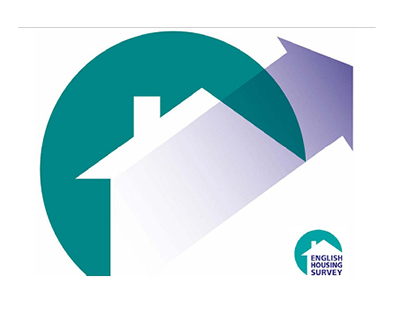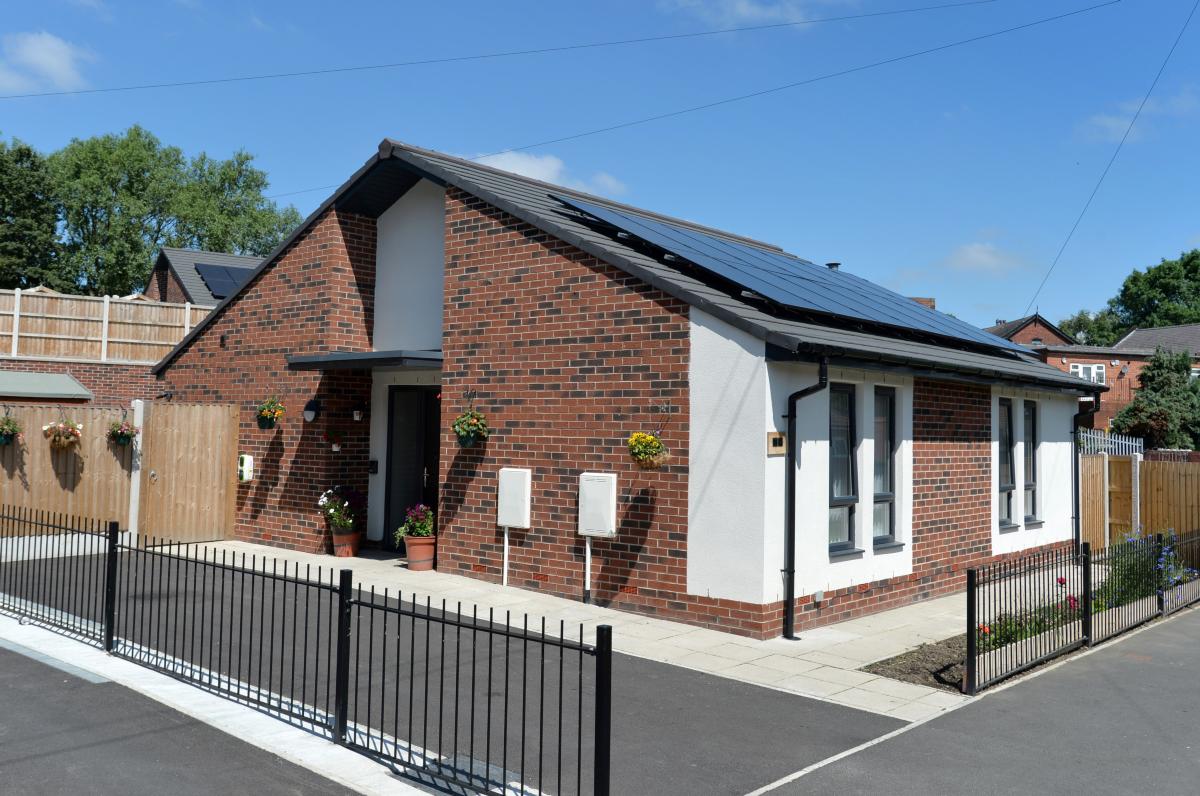Skip to content

A new analysis of housing waiting list figures shows the average wait for a social housing property in England is five and a half years.

The figures, released this week by the National Housing Federation and supported by Habinteg Housing Association, show the critical need for immediate and long-term action by political parties across the country.

Data shows that almost 1.3 million households in England are on current waiting lists for social housing, but only 236,928 new social housing lettings were available last year (2022/23).
Social housing lettings refer to homes which have been let at either social rent, which is typically 50% of market rents, or Affordable Rent, which is at least 20% below market rents – making them the only affordable option for many.
Across the country, the chronic shortage of genuinely affordable social homes has left many families stuck in unaffordable, unsuitable accommodation, cut off from local support networks, far from school or job opportunities or even facing homelessness. These challenges go even deeper for those looking for a wheelchair-accessible, or adaptable home, where the wait is 47 years[i]
Last year (2022/23), for every new social home built in England, six households were accepted as homeless by their local council[ii], while more children than ever before are living in temporary accommodation[iii]. This worrying trend is also putting local councils under increasing financial pressure with councils spending £1.74bn to support households in temporary accommodation in 2022/23[iv].
Disabled people are disproportionately at risk of homelessness, representing 39% of the homeless population[v], showing the vital need for more accessible social housing.

Nick Apetroaie, Chief Executive Officer at Habinteg Housing Association, said: “The data released today is truly sobering. With rents in the private sector spiralling out of reach for so many, there needs to be a viable alternative for people on lower incomes.
“Everybody deserves a home that suits their needs and at Habinteg, we’re acutely aware that disabled people are often the hardest hit of all, because there are so few accessible homes out there, their choices are even more limited than non-disabled people.
“At the last count, the English Housing Survey told us that only 9% of English homes have even the most basic accessibility features. Therefore, we’re calling on all political parties to not only put affordable housing front and centre of their manifestos, but to future proof new homes by ensuring that accessible and adaptable standards become the norm for all, and to make sure that Local Planning Authorities are making proper provision for fully wheelchair accessible homes that are so much needed.”

Housing associations are ambitious to do more, but it will take a long-term commitment from local and national governments to address.
With a long-term plan in place, by 2035 joint action could:
Fix child homelessness
Halve overcrowding
Provide the security of a social home for one million more people
Ensure a warm and decent home for seven million more families
Improve affordability
Boost productivity by ensuring every region has the homes it needs to grow.
As the general election grows closer, access to affordable housing has become increasingly important among voters, with over half of Brits saying that the government should prioritise building social housing[vi].
[i] Wheelchair users subjected to decades-long wait for new accessible housing | Latest news | Habinteg Housing Association
[ii] National Housing Federation – New homeless households outnumber new social homes by six to one
[iii] DLUHC, Statutory Homelessness Statistics, July-September 2023
[iv] £1.74 billion spent supporting 104,000 households in temporary accommodation | Local Government Association
[v] Homelessness and disability in the UK | Centre for Homelessness Impact
[vi] National Housing Federation – Conservative voters support building social housing over homes for sale

About Habinteg
Since 1970, Habinteg Housing Association’s thoughtful designs have enabled tenants to achieve and sustain independent living. Habinteg has over 3,300 homes across 86 local authorities. One in three of our properties are designed specifically for wheelchair users, and the majority of our homes are built to an accessible or adaptable standard.
Habinteg wants communities to include disabled people and offer places to live that meet their needs, supporting them with the highest levels of independence, choice and control over daily life. We champion inclusion by providing and promoting accessible homes and neighbourhoods that welcome and include everyone, using our expert knowledge to inspire and influence decision makers.






